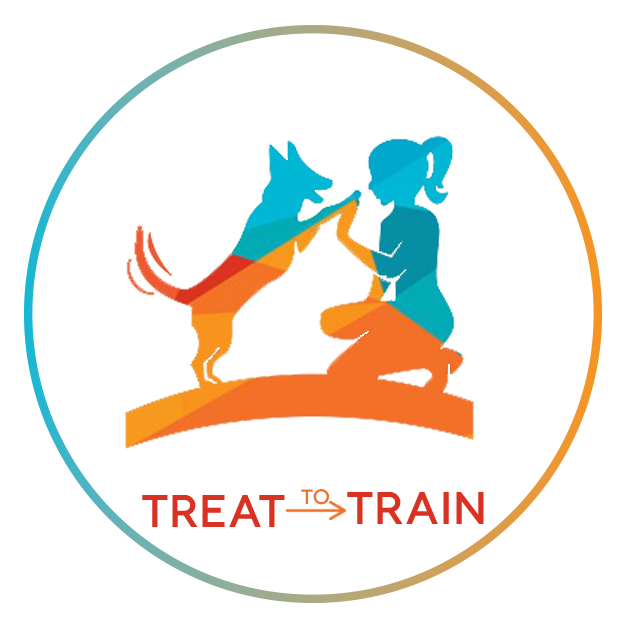Dealing with Resource Guarding Between Dogs
Let's chat about managing and improving situations where dogs get a little protective over their stuff. You know, when one dog doesn't want to share their favorite toy or bone with another dog? It can be a bit tricky, but there are ways to make things better.
Prevention is Key:
You know what they say, "An ounce of prevention is worth a pound of cure." So, if you're bringing a new dog into the mix, like Dog A, and you already have a resident pup, Dog B, you can start by teaching both of them some good manners. For instance, give Dog B a treat and then immediately give Dog A a treat too. Then switch it up. Keep doing this during snack time or treat sessions. It teaches them that patience and politeness lead to rewards.
But here's the thing, if there's already tension between your dogs, it's better to avoid this exercise. Think of it as a way to prevent problems or a solution for existing ones.
Managing the Situation:
Sometimes, you've got to play referee. Feeding the dogs in separate rooms, hiding those prized chew toys, or limiting lap time can help prevent conflicts. I know it's not always possible to keep them apart, but think about how you can avoid situations that trigger guarding behavior while you work on training.
Teaching Self-Control:
Impulse control is another valuable skill. Dogs, like us, need to learn to wait their turn. Teaching them commands like "Wait," "Stay," and "Leave It" can help them become more patient and well-behaved.
Counter Conditioning:
This one's a bit fancy, but it works. It's all about changing how the guarding dog feels when another dog approaches their treasure. Say you're working with food. You keep both dogs on a leash, a good distance apart. Treat Dog B, then treat Dog A immediately after. Keep doing this until Dog A gets all excited when Dog B approaches. It changes their response from "Oh no, my bone!" to "Oh yay, you're coming closer, I get a treat!"
Dealing with Incidents:
Even with all this effort, sometimes guarding happens. If it does, stay calm. Approach the guarding dog calmly, maybe say something like "What are you up to?" in a low voice. Move closer to them, get them to sit and stay, and then give the other dog some attention or treats. Let the guarding dog see that good things happen when the other dog gets stuff.
Get Some Support:
Having someone who knows their dog stuff can be a big help. They can be your coach or support when you're working on this. Just make sure they understand dog behavior and positive reinforcement.
So, managing resource guarding between dogs takes time, patience, and a good understanding of your furry pals. It might not fix everything, but it can definitely make your dogs' lives together more peaceful.

